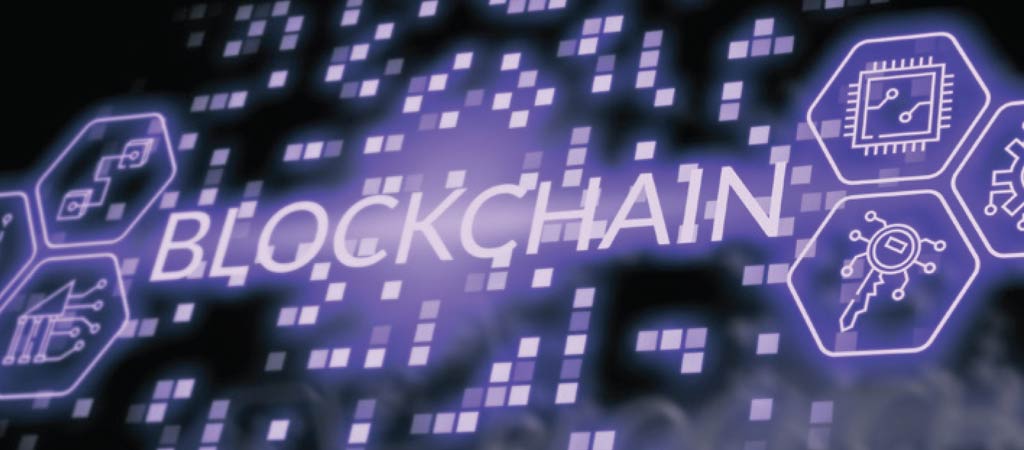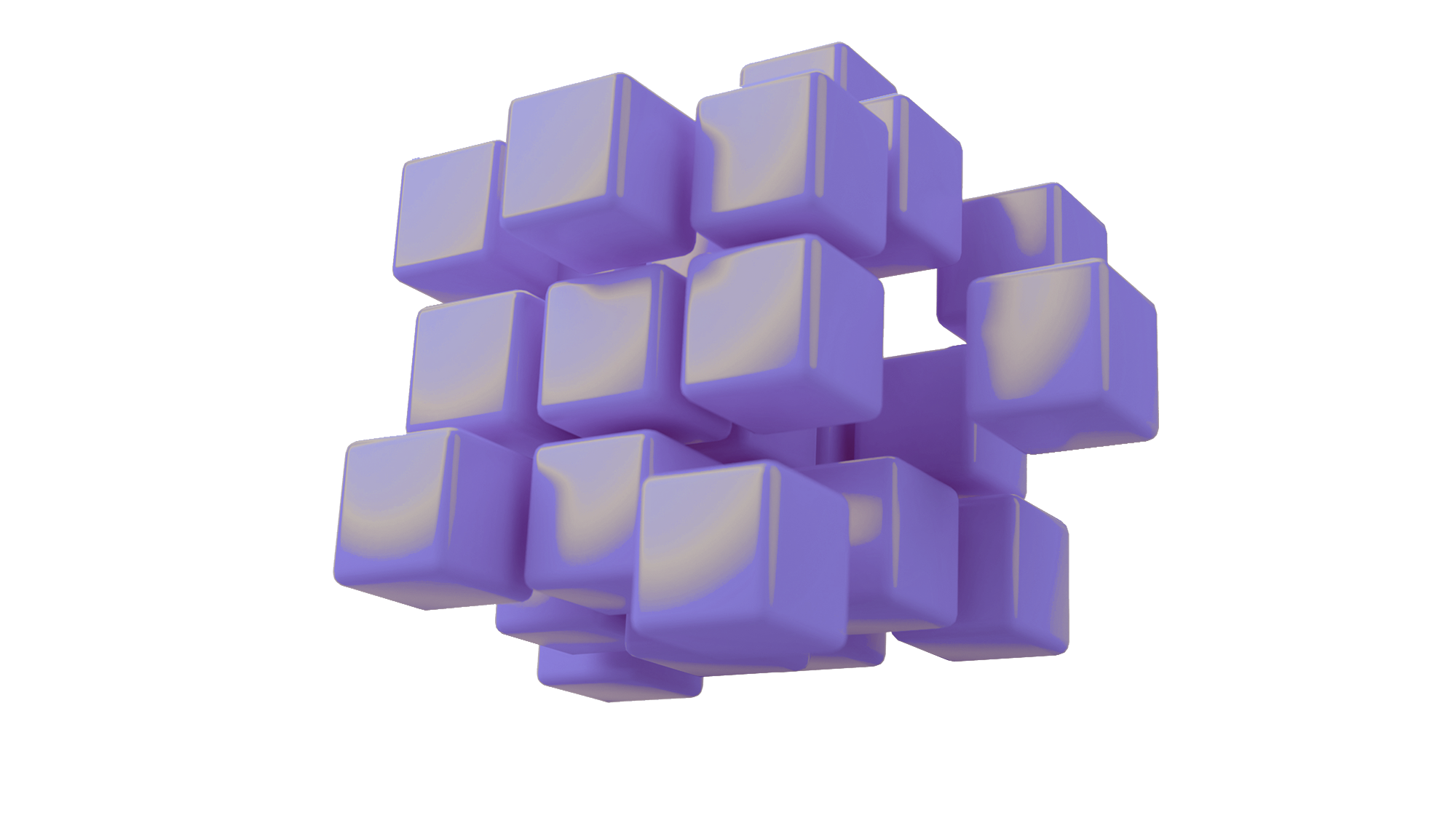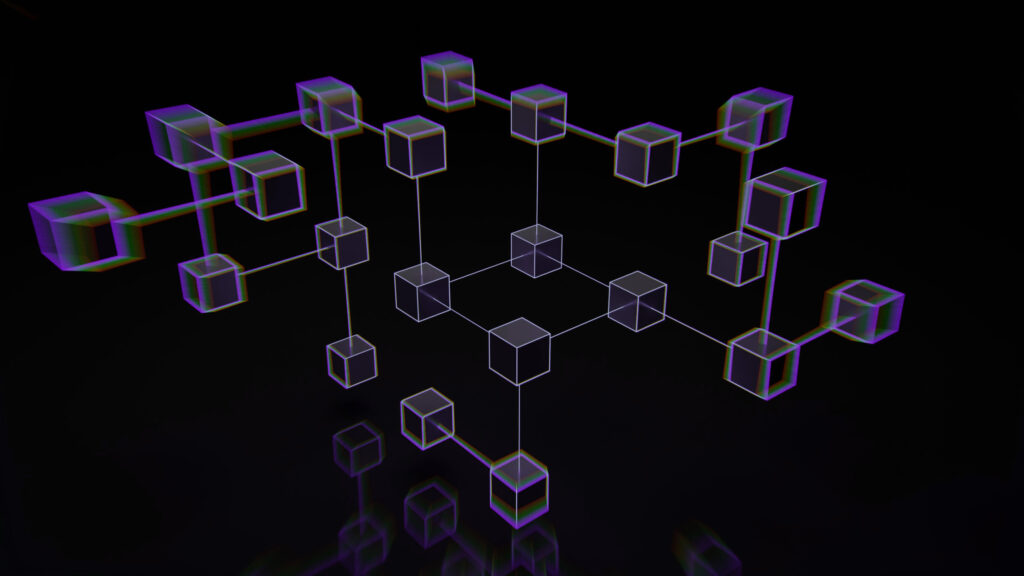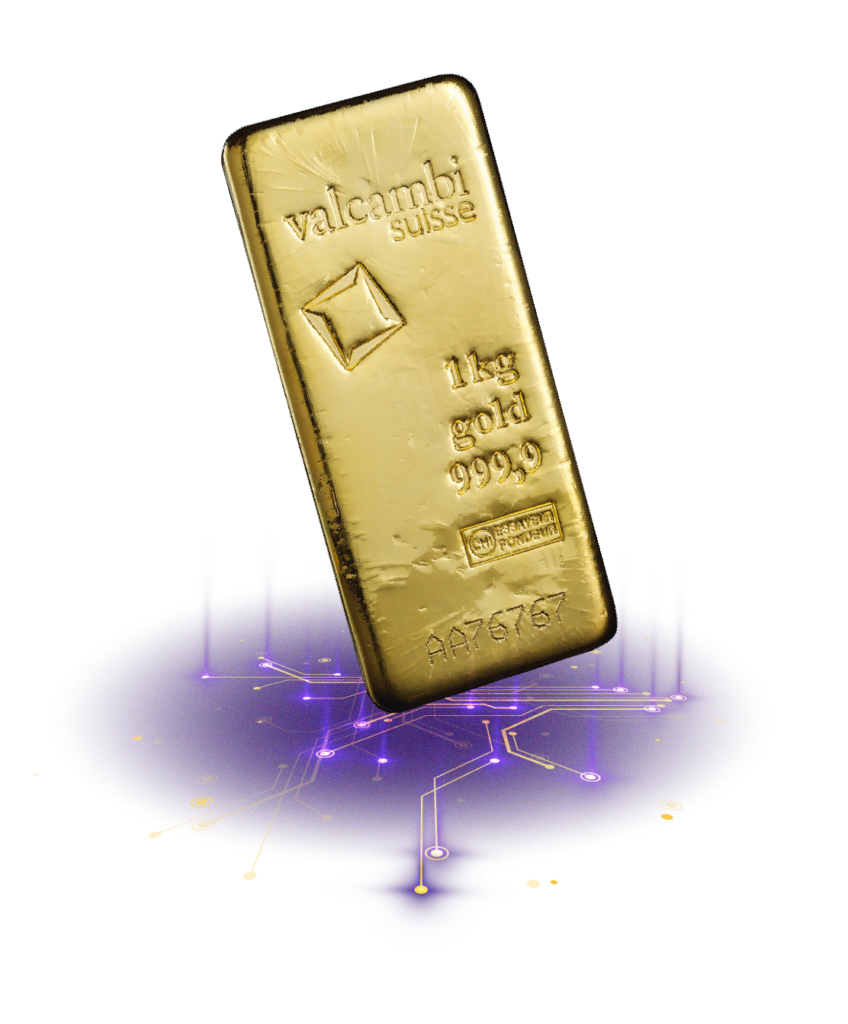
Research & Blogs

Permissioned Blockchain: Technology Beyond Cryptocurrency
Blockchain technology is essentially a distributed database of records in its simplest definition. Like other databases, blockchain technology collects and stores information in a digital format. However, unlike other databases, a blockchain differs in how data are structured, shared, and secured. In this article, we will explore key aspects of blockchain technology, including what it is, why it is essential for digital gold, specifics of private permissioned blockchains and differences with public and permissionless blockchain technologies.

As the word suggests, there are two components to a blockchain. The first is the block, which collects information (such as transactions, or records/events) in a group. The second is the chain, which is the way new information formed in a new block is added to the previously constructed block – and the process continues to create an ever-growing blockchain. These blocks are strung together using cryptography, such as hashing algorithms and digital signatures, making it nearly impossible to hack into the data to erase it or amend it.
Once a block is added, it is immutable. This means that new information can be added to the blockchain, but the information that is already on the blockchain can never be deleted or historically amended. Blockchain is typically decentralized providing redundancy and addressing trust with immutability, smart contracts, and consensus. Immutability means append only records. Smart contracts capture the required business logic. Consensus ensures that no unilateral changes by a specific participant are possible.
Together, these properties have a tremendously powerful impact on the database’s trustworthiness and security while maintaining a detailed and thorough history of each record within the database.
The Data Revolution of Blockchains
Blockchains are changing how information is stored across many applications and industries, and most commonly, it is used to maintain an immutable ledger of transactions. At one extreme, ledgers can be public and permissionless, meaning that there is no central controlling entity, and anyone can see the data and possibly send one’s own transaction to the blockchain. In case of permissionless blockchains, one can also connect his or her computer to the network to become a node and participate in the creation of a new block.

Creating a new block is governed by specific rules accepted within the network. Heavy computing power (and energy) might be required to solve the cryptographic puzzle (like in bitcoin blockchain), and therefore a valuable potential reward is then provided to the node – creator of the block. Consensus mechanism defined within the network guarantees that all the participating nodes reach an agreement on the state of the blockchain: the order and the content of the blocks.
What Are Permissioned Blockchains?
At the other extreme, blockchains can be private and permissioned. Permissioned blockchains provide an additional layer of data security and privacy. This is done by putting in place an access control policy that limits read and write access to known and permissioned users. Permissioned users can also perform valuable third-party control roles, such as auditing the data stored on the blockchain.

Traditional consensus mechanisms that have been used over decades are employed in permission blockchains: such mechanisms do not require heavy computing power. Instead, there is a predefined set of nodes, among which the creator of the block might be selected. Consequently, no reward is needed to incentivize new block creation.
This gives the added benefit of increasing the speed and capacity of the database. Permissioned blockchains are more attractive in use cases that require stricter security measures, as well as thorough identity verification and definition of roles.
Hybrid blockchains fall between the two extremes of permissions and permissionless blockchains by combining some of the above-mentioned properties with the goal of improving characteristics of the blockchain. An example of such hybrid approach is to randomly choose, for every new block, a set of nodes that can participate in the consensus mechanism and can create a new block.
Leveraging Blockchain Technology for Digital Gold
Many people associate blockchain technology with its applicability to cryptocurrency. While all cryptocurrencies require blockchain technology, not all blockchains are cryptocurrencies! Blockchain’s applicability spans far beyond the constraints of cryptocurrency.
Many blockchains have nothing to do with a cryptocurrency and are used for various commercial purposes, such as recording physical or digital asset ownership or confirming and storing financial or supply-chain transactions and records. Especially in finance, apparent benefits of harnessing blockchain technology to create a secure and transparent records ecosystem have already been identified.
This is certainly true for digital gold solutions like Gilded. Gilded has taken advantage of blockchain technology to create a robust, reliable, transparent, and secure solution for purchasing and selling real physical gold digitally.

Gilded uses a private permissioned blockchain that records ownership of the physical gold stored for clients within Gilded vaults. By creating a blockchain record for a physical asset, Gilded transforms gold ownership by making it digital, mobile, and usable. Ownership can be rightfully transferred around the clock and will be recorded on the blockchain, without the physical gold bar needing to change hands. This transforms gold from a store of value into a medium of exchange and a true alternative to cash fiat currency. Blockchain, therefore, is being used by Gilded to revolutionize physical gold as a new and improved form of money for the 21st century.
